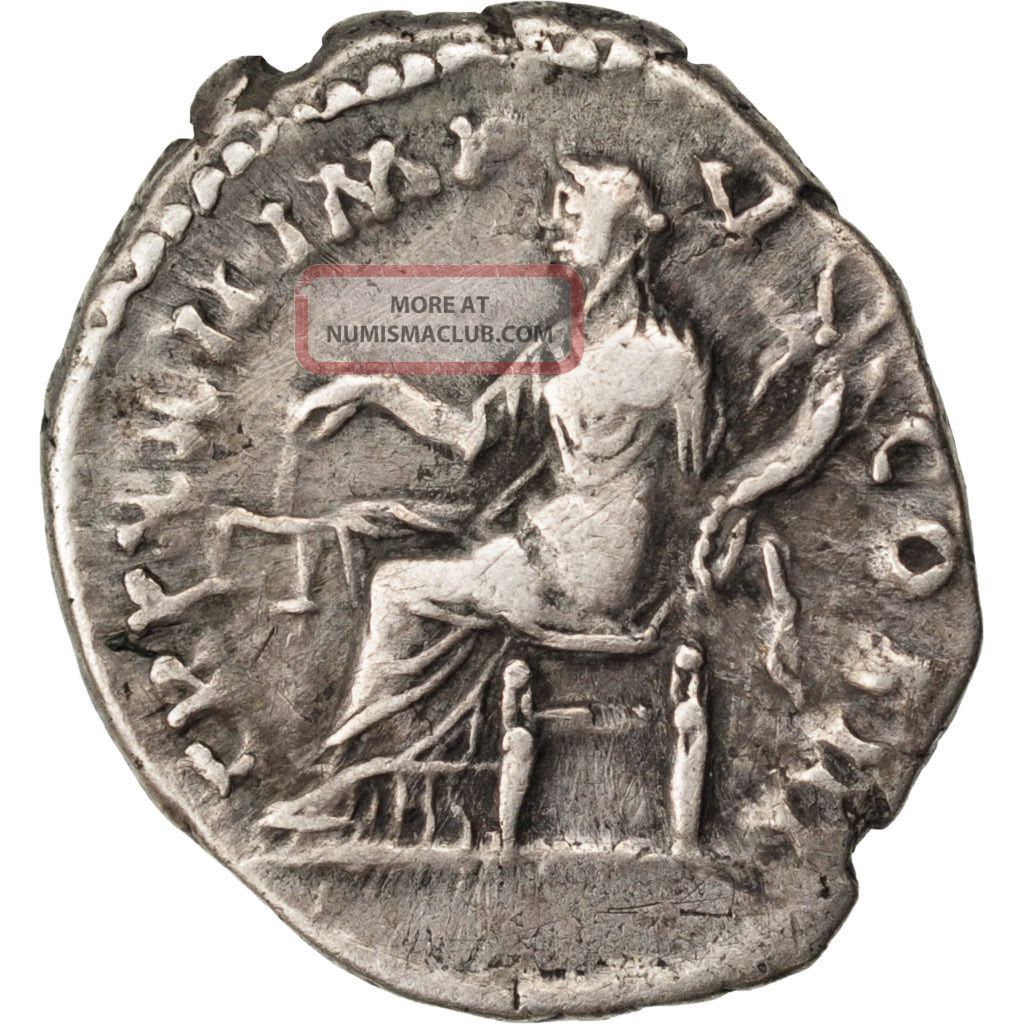
For example, Suetonious Lives of the twelve Caesars, describing the lives from Caesar to Domitian.Īnother theme of collecting, very popular, is represented by the coins with the emperor on one side and a member of his family on the other. Some people collect these emperors starting from ancient sources. You can also decide to collect the coins minted for the emperor’s wife, mother, daughter, father and so on. Some collectors try to concentrate on one dynasty like the Julio-Claudian one (14-68, Tiberius, Caligula, Nero) or the Severian one( 193-235, Septimius Severus, Caracalla, Geta, Heliogabalus, Severus Alexander). Also, some are rare, like Otho(69 AD), Vitellius (69 AD), Pescenius Niger(193) and many others but in some cases they are impossible to find, like Julian of Pannonia (285) or Valerius Valens (316). But it is hard to find them all, because there are hundreds of them. But even then you will try to find a more particular theme.įor example, a coin for each emperors from Augustus to Romulus Augustus (27 BC to 476 AD). and around 25-35 mm) and its beautiful scenes. The bronze sestetius is also an attractive option, due to its large dimensions (usually 27 gr. In France for example, you can find nice bronze coins or even silver but gold coins are very rare.ĭepending on the money you have, you can collect only a particular type of coins. But it is hard to find here bronze coins because these were hard to transport, a large number was necessary to make a big sum of money and also because these coins were subsidiary coinage, that means that you need a central authority that will guaranty it’s legal tender. And the payment was made, of course, in precious metal. Why? Because the Roman Empire paid to the German populations large sums of money as subsidia, different gifts for different reasons. For example, if you live in Germany, it will be pretty easy to find silver or gold coins on the local market. The other bronze coins are easy to find.īut the sum of money that you are willing to give is not enough. The sesterius is also a little bit expensive, around 100-200 $, sometimes cheaper or not. A decent denarius can be found from 20 $ to 200 $, and it can be even more expensive if it is a rare type. If you try to collect all these coins that circulated from the first century to the second century AD, you will need to find two gold coins, an aureus and a quinarius aureus, two silver ones, the denarius and the quinarius argenteus, and five bronze ones, the sestertius, the dupondius, the as, the semis and the quadrans.īut to complete the collection you will need some serious money, finding an aureus below 2000 $ being a real chance (usually this coin is worth 4000-6000 $).

First of all, a collection with all the nominal values. So, before you start these collection, find out as much as you can about the opportunities you have or the difficulties you may encounter.Īfter deciding to start a collection and finding a market from where you can buy, you must think what you want to buy. Moreover, in some countries, owning these coins is prohibited by law, with some exceptions. In some cases, you cannot take out from some countries ancient coins or artifacts, because of the laws. But if you live in the USA or Australia, finding the coins you need can be hard and usually you must bring them from abroad or, if you buy them from a local market, pay a little bit more, because of their scarcity on the local market.īut that is not all. The regions were occupied by the Romans in ancient times and coin finds are numerous and also the collectors’ interest in this domain is large. The Roman coins are very easy to find in countries from Europe like Italy, France, Spain, Great Britain, Bulgaria, Romania, Greece, from Asia, like Turkey, Syria, or Africa like Egypt. The first one is how easy you can get these coins. When you collect coins, the ancient ones are a pretty attractive option and, by far, the most popular ones are the Roman Imperial Coins.


 0 kommentar(er)
0 kommentar(er)
